KUALA LUMPUR, Sept 29 — Sizzling and slightly steaming, the two dishes arrive at our table like the perfect cure for a hangover.
A bowl of spicy-red stew with islands of tofu and rivulets of egg threads. A claypot of rice topped with a riot of colours.
These are exactly what you’d want to revive you after a night out.
But the sun is shining — it’s late morning — and we haven’t been to pubs drinking. Rather, my friend and I had just finished an intense workout at the gym. What we needed wasn’t reviving but refuelling.
So we find ourselves in Desa Sri Hartamas, after miraculously securing a parking spot, and walking to this unassuming restaurant with a large yellow signage: Shin Yangpyung Haejang-Guk.
It’s a Korean restaurant in a neighbourhood that has plenty of them but one encouraging sign, as we entered, is how the place is already nearly full more than an hour before lunchtime. Every patron, besides us, is Korean which ought to speak to the authenticity of the food here.
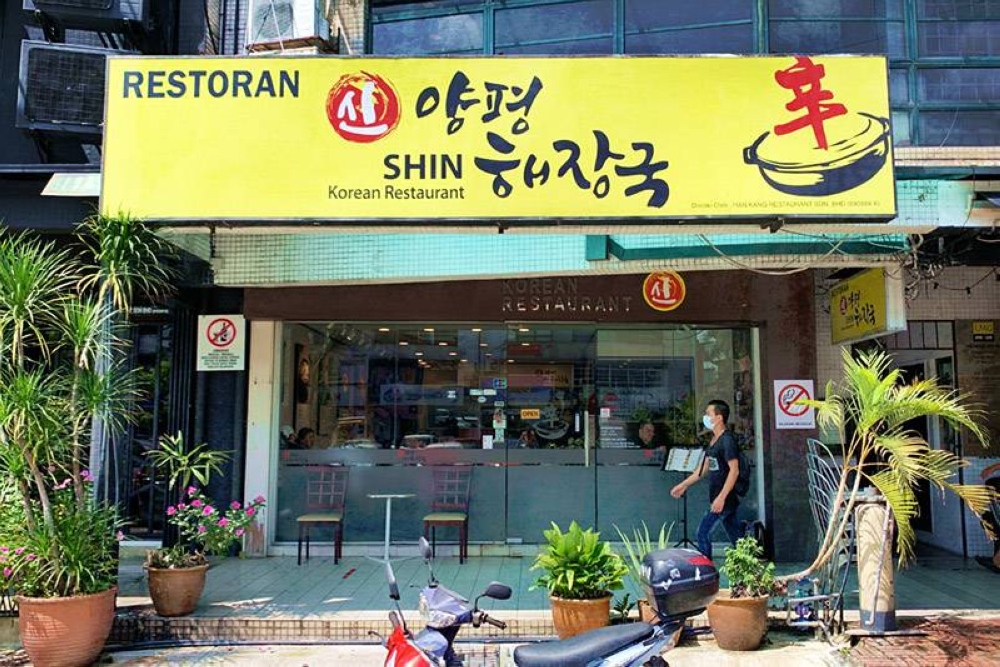
We are offered a table next to the entrance, with plenty of natural light. The servers bring a pitcher of chilled water (I noted a picture of Psy, he of "Gangnam Style” fame, just below the lid) along with the menus.
There are plenty of soups here — from the signature Haejang-guk (beef tripe soup) to the Dogani-tang (beef tendon soup). The impressive Seonji Teuk Haejang-guk (Korean ox blood and special beef tripe soup) tempts us but it feels far too early in the day for offal.
Rather, the restaurant’s name refers to yangpyeong haejangguk or "hangover soup” in Korean. This dish is typically a guk ("soup” in Korean) based on a beef broth. Meat (sometimes including sliced congealed ox blood such as in the aforementioned Seonji Teuk Haejang-guk), greens and dried cabbage.
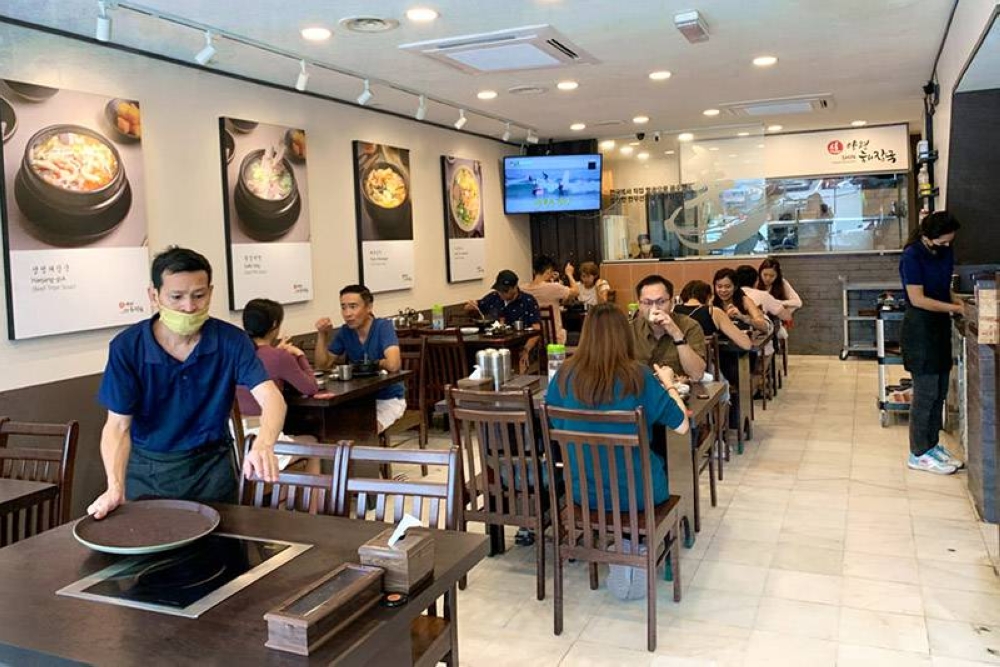
Sounds hearty and hangover-curing indeed. We shall have to keep this in mind for another meal, perhaps after several rounds of soju. Today the refreshing Korean pear juice is my choice of thirst quencher.
We decide we preferred something less demanding on our systems, especially after strenuous weight training. Which isn’t to say we would be timid in our ordering; it’s to the server’s credit that she didn’t bat an eye when we kept announcing one item after the next.
The server returns swiftly with the banchan after putting our orders in at the kitchen. There is the requisite kimchi, oi muchim (spicy cucumber salad) and chunky kkakdugi (cubed radish kimchi).
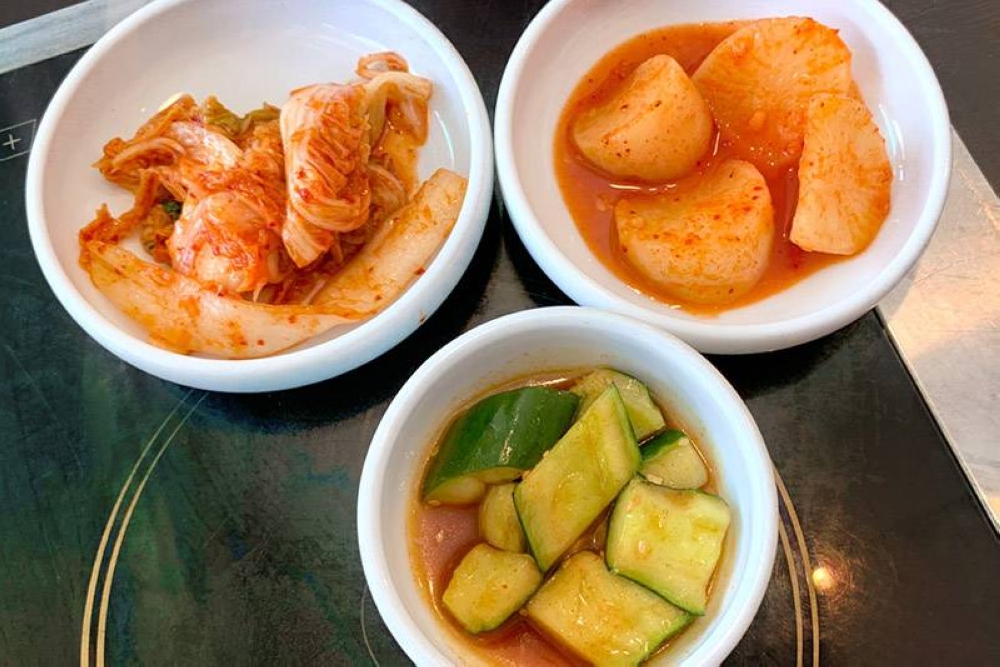
The latter two are decent but it’s the fiery red kimchi made from Napa cabbage that is outstanding. This banchan staple is crunchy and tastes naturally sweet, perhaps from pear juice rather than ordinary sugar.
Before long, the servers return with our mains, the much-needed carbohydrates to replenish our now depleted glycogen stores. My friend’s jjajangmyeon (noodles in black bean sauce) is stellar, the noodles bouncy and the sauce thick and unctuous.
He tells me it’s not unlike the Northern Chinese zhájiàngmiàn, also a meat sauce noodle dish, and he’s not incorrect. The Chinese influence on Korean cuisine reaches far and wide — the yangpyeong haejangguk might have roots in xǐngjiǔ tāng (literally "hangover soup” in Mandarin) — but the Koreans have made every dish entirely their own.
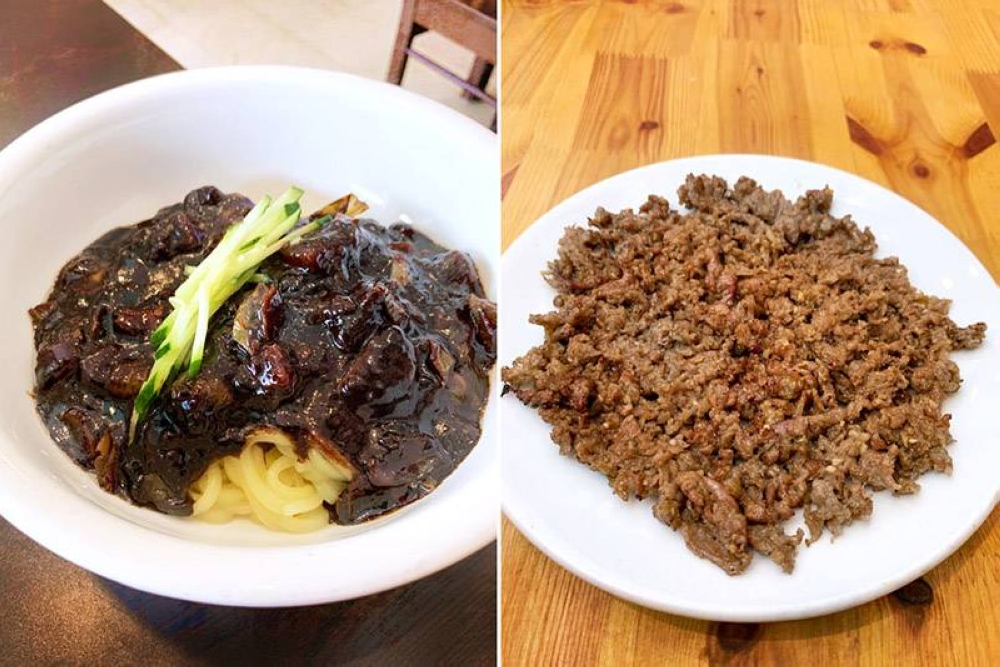
In other words, Korean food can be comforting to those of us used to Chinese dishes yet feel very different and novel at the same time.
Certainly I’ve not had any Chinese-style tofu like the restaurant’s Sundubu-Jjigae (soft tofu stew). The freshly curdled soft tofu (dubu) strewn with a single egg stirred in the spicy and savoury-sweet broth made with gochujang (red chilli paste) and gochugaru (red chilli powder) — every spoonful begs for some rice to eat it with.
Which is what the Bibimbap, the classic hot stone rice dish, offers. Cooked white rice topped with a rainbow array of vegetables such as julienned cucumbers and carrots, a generous scattering of gim (dried seaweed) strips and a fried egg (that, amusingly, has sunk into the rice grains by the time the dish arrives).
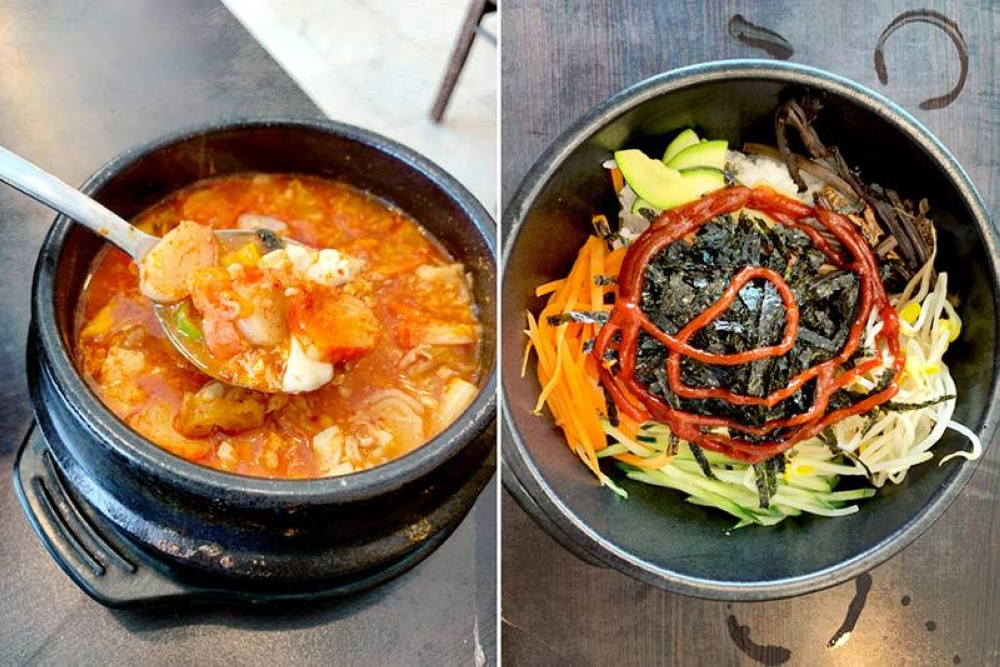
Our server reminds us to complete the picture with gochujang from a squirt bottle before stirring all the ingredients together thoroughly. Doing so, the crusty bits of rice at the bottom of the pot are mixed with the softer, fluffier grains. Divine.
We need protein too, of course. Again, our gym workout has become an excuse for us to pig out over an early and substantial lunch. Every foodie understands this shameless and transparent rationalisation of gluttony; it’s an endearing trait... if you’re a fellow glutton.
Like any respectable Korean restaurant, Shin Yangpyung Haejang-Guk has us meat lovers covered. The smoky Sut-Bulgogi made our mouths water; the thinly sliced and marinated beef having been grilled over charcoal.
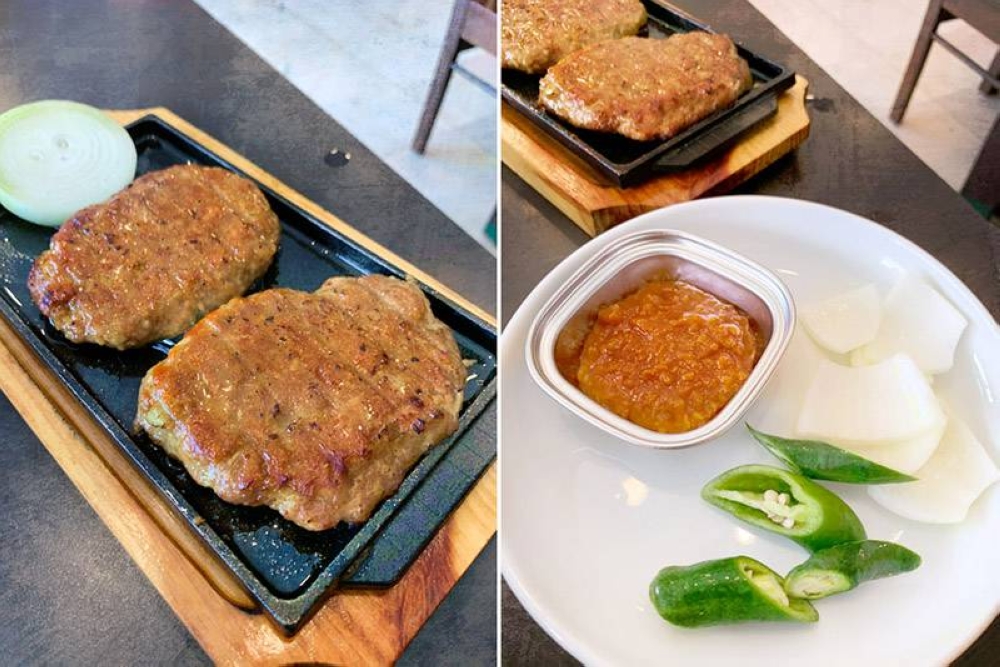
We delight in how tender the patties of Deji Tteok-Galbi are, the moist grilled pork reminding us of Japanese hambāgu steaks. These are best enjoyed with some raw onions, sliced green chilli peppers and ssamjang (dipping sauce).
By the time we finish our meal, we are sated and surprised at how ready we are for another workout — if only so we can return and enjoy more delicious Korean food!
Shin Yangpyung Haejang-Guk
40G, Jalan 25/70a, Desa Sri Hartamas, KL
Open daily (except Tue closed) 10:30am-3pm and 5:30-9:30pm
Tel: 03-2300 1004






















